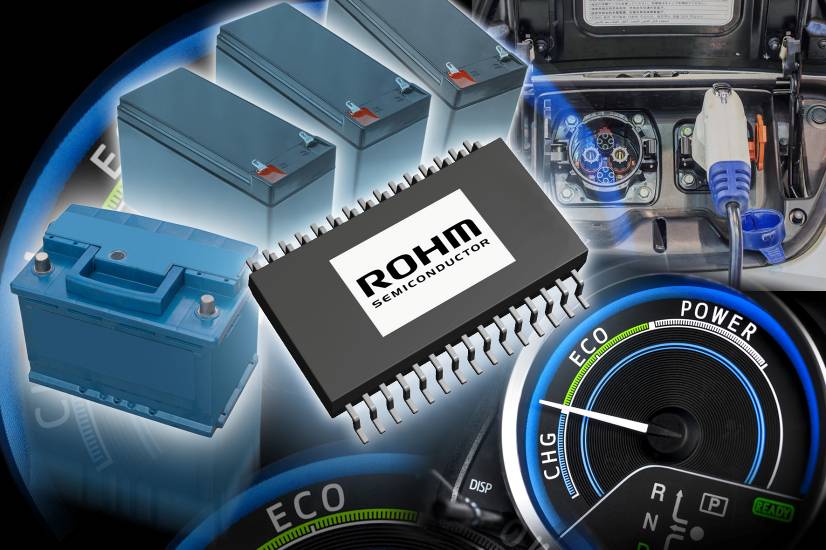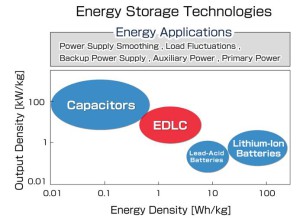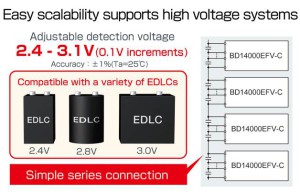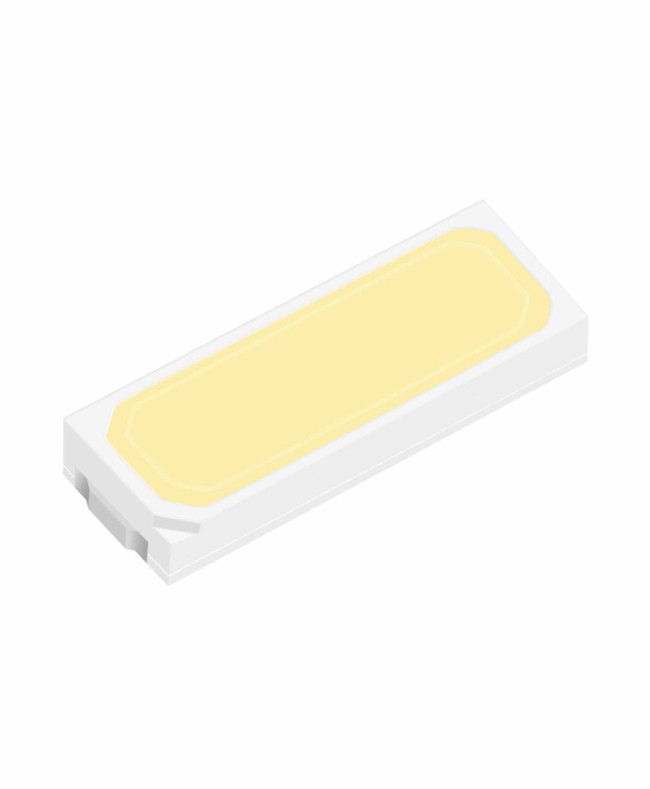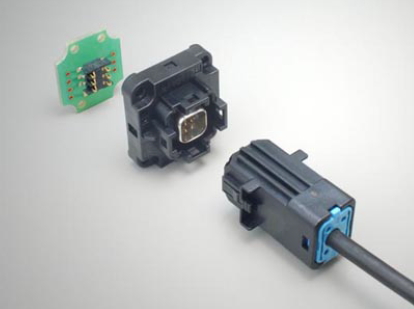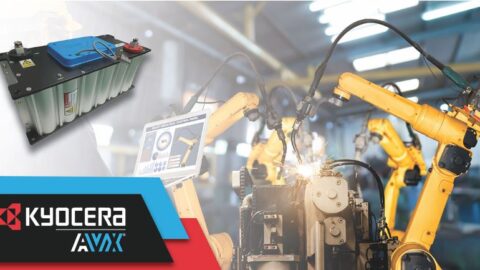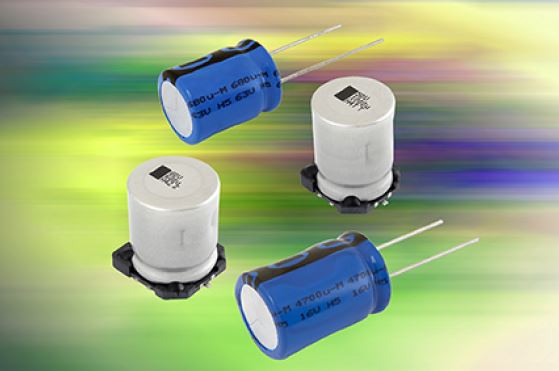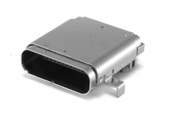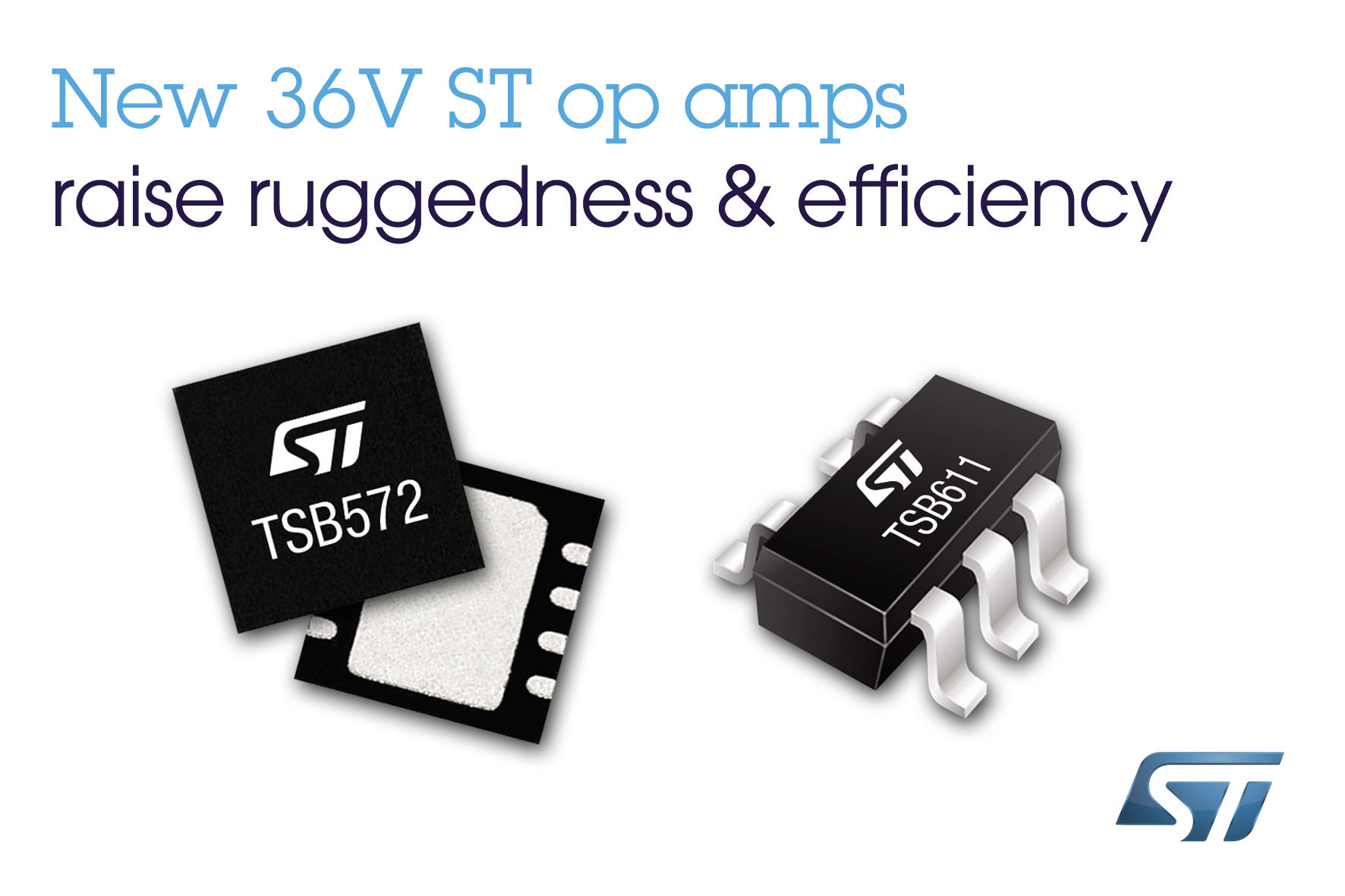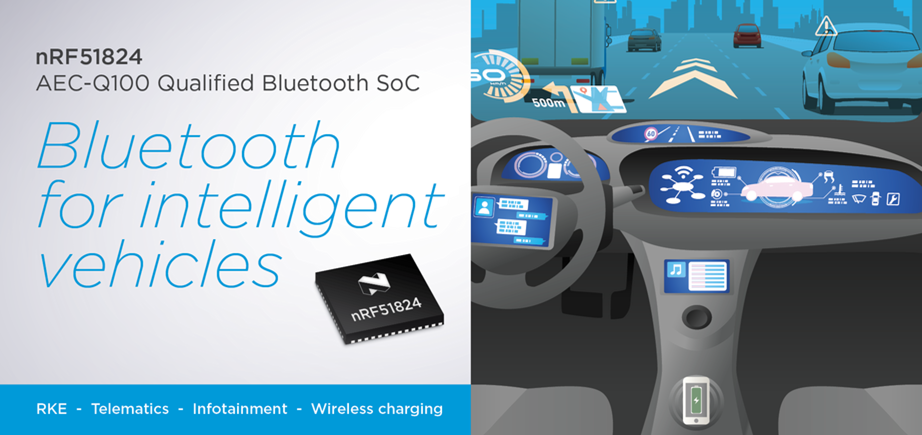ROHM Announces the Industry’s First* Monolithic EDLC Cell Balancing IC
Promotes expansion of the EDLC energy regeneration market for automotive and industrial applications
ROHM has recently announced the development of a cell balancing IC that contributes to increased miniaturization, greater stability, and longer life for EDLCs (Electric Double Layer Capacitors).
In addition to cell balancing functionality for up to 6 cells, multiple ICs can be connected in series to enable simultaneous control of even more cells. The cell balancing voltage can be set between 2.4V and 3.1V, ensuring support for a variety of EDLCs. Flag output is also built in, along with an over-current detection voltage function with adjustable detection voltage setting based on the cell balancing voltage. In addition, AEC-Q100 qualification ensures worry-free use in automotive and other environments requiring high reliability.
Availability
The product is available.
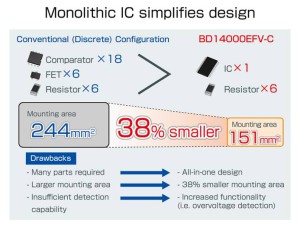
Key Features
All required EDLC cell balancing functions integrated on a single chip reduces mounting area by 38%
Proprietary analog design technology cultivated over many years, combined with sample evaluations and specifications determined by Nippon Chemi-Con, have allowed ROHM to develop the industry’s first IC that integrates EDLC cell balancing functionality – which conventionally requires over 20 discrete components – on a single chip. This not only simplifies design, but reduces mounting area by 38%.
Detection is enabled for 4-6 cells, and the shunt resistor method is used to achieve simple cell balancing operation, making self-contained operation possible and reducing design load considerably. In addition, the cell balancing voltage can be adjusted (2.4-3.1V, 0.1V increments) to ensure compatibility with a wide range of EDLC output voltages.
Applications
- Energy regeneration: automotive, industrial equipment, construction machinery, and other systems that reutilize kinetic energy
- Power supply stabilization/voltage sag countermeasures: emergency backup (i.e. UPS)
- Startup power auxiliary: automotive idling stop systems, rapid OA equipment startup
- Lead-acid battery replacement: no lead minimizes environmental impact; provides longer life

